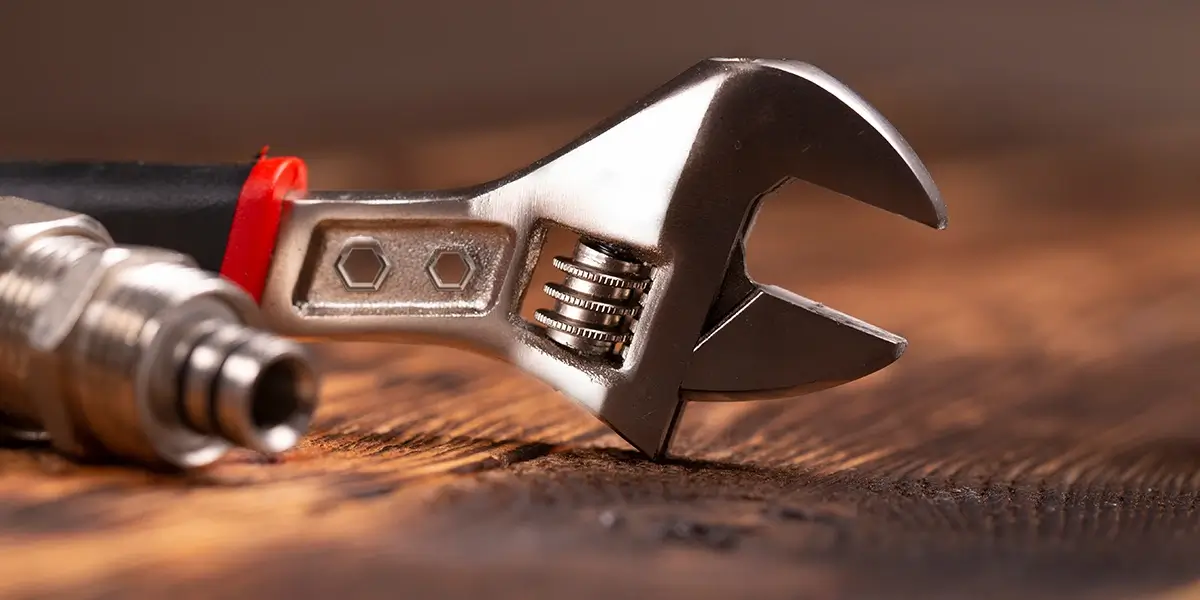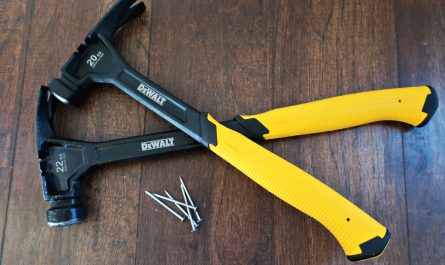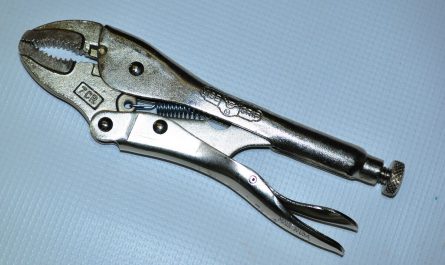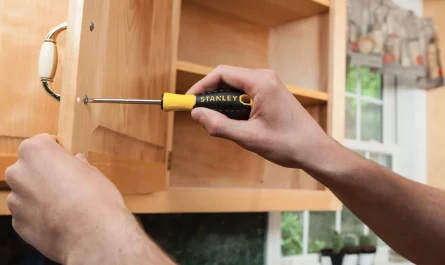In the world of carpentry, construction, plumbing, mechanical work, and DIY repair, the adjustable wrench—commonly known as a spanner in the UK and many other regions—is a must-have tool. Its defining feature is its adjustable jaw, which allows it to grip and turn fasteners of various sizes without the need for multiple fixed wrenches. Whether you’re tightening bolts, assembling furniture, adjusting pipes, or working on machinery, the adjustable wrench provides flexibility, convenience, and control in one reliable tool.
Durable, adaptable, and easy to use, the adjustable wrench is ideal for both professionals and DIYers. It offers a practical solution in situations where space, accessibility, or fastener variety demands a flexible approach.
History and Evolution of the Adjustable Wrench
The origins of the adjustable wrench can be traced back to the 19th century. While various forms of wrenches existed earlier, the modern adjustable wrench design is often credited to Johan Petter Johansson, a Swedish inventor who patented an improved version in 1891. His design featured a sliding jaw operated by a worm gear, allowing users to adjust the width of the opening with a simple turn—a revolutionary concept at the time.
Since then, the adjustable wrench has evolved in materials, ergonomics, and design precision. Modern versions often feature laser-etched measurement scales, non-slip handles, and more refined jaw mechanisms. Despite all the innovation, the core principle remains unchanged: a single tool capable of fitting multiple fastener sizes with ease.
Types of Adjustable Wrenches and Their Applications
1. Standard Adjustable Wrench (Crescent Wrench)
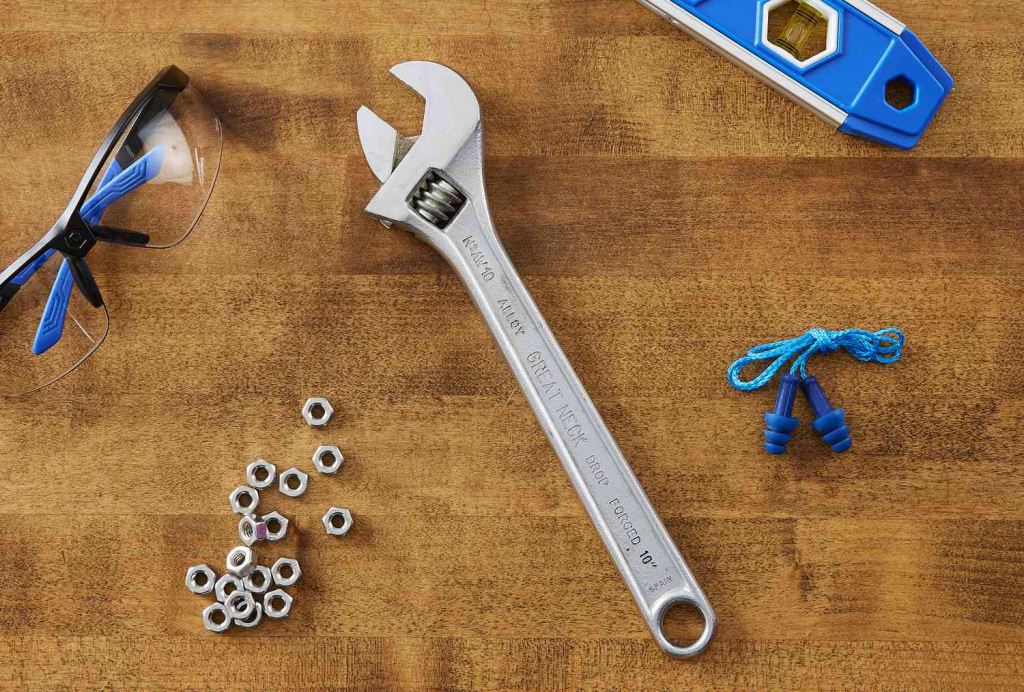
Description and Use:
The standard adjustable wrench—commonly known as a crescent wrench due to the popularity of a major brand—is one of the most versatile and frequently used hand tools in both professional and home toolkits. It features a fixed lower jaw and a movable upper jaw, which can be adjusted using a worm screw mechanism to fit fasteners of various sizes. The jaws are typically set at a slight angle relative to the handle, allowing for improved access and maneuverability in tight or awkward spaces.
This tool is ideal for turning nuts, bolts, and other fasteners of different sizes, making it particularly valuable in situations where the specific size of a fastener is unknown or where space constraints prevent the use of a full set of fixed wrenches or sockets. Whether you’re working on mechanical repairs, performing basic plumbing tasks, assembling furniture, or installing fixtures around the house, the adjustable wrench is a reliable go-to option.
Its adjustability reduces the need to carry multiple wrenches, streamlining your toolkit without sacrificing capability. However, it’s important to ensure the jaws are properly tightened to the fastener before applying force, as a loose fit can lead to slippage and damage to the fastener’s edges. With proper use, the adjustable wrench offers convenience, flexibility, and dependable performance across a wide range of applications.
Technical Characteristics:
- Jaw Type: Smooth, adjustable with worm gear
- Material: Chrome-vanadium steel or forged alloy steel
- Length: 6 – 12 inches (15 – 30 cm)
- Features: Laser-etched measurement scale, ergonomic or rubberized handle, polished or matte finish
Price Range:
€10 – €35
2. Wide Jaw Adjustable Wrench
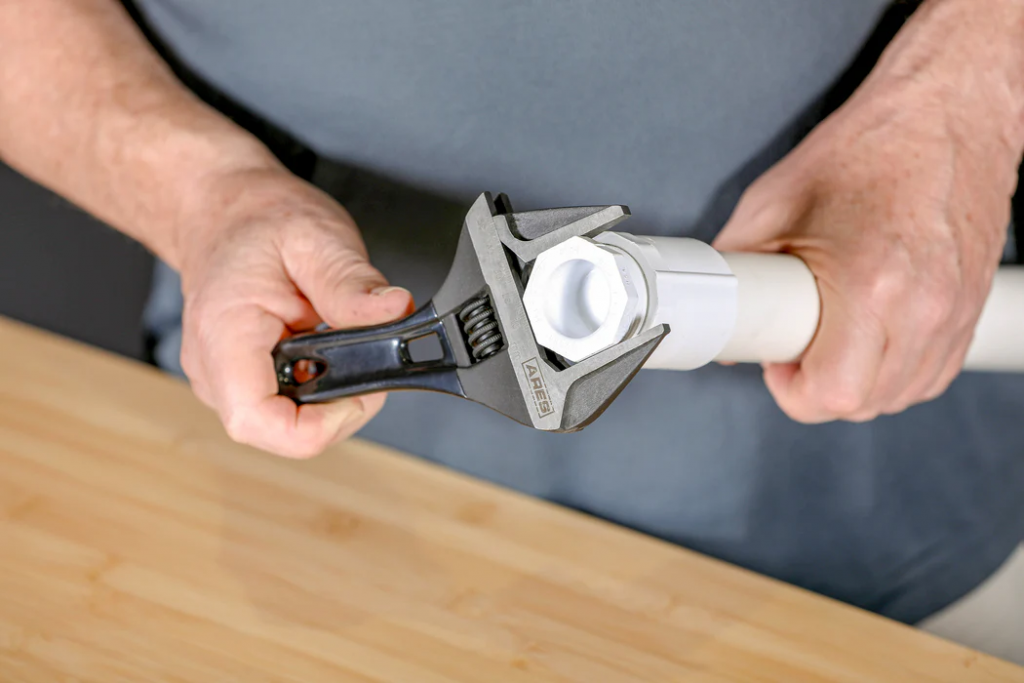
Description and Use:
The wide jaw adjustable wrench is a specialized variation of the traditional adjustable wrench, designed to accommodate larger fasteners while maintaining a compact, easy-to-handle form. Unlike the standard version, this wrench features jaws that open significantly wider—often up to 50% more—allowing users to grip oversized nuts, bolts, and pipe fittings without needing to switch to a longer or bulkier tool. This increased jaw capacity makes it an excellent choice for professionals such as plumbers, HVAC technicians, and maintenance workers who frequently deal with large fittings in confined spaces.
Despite its broader jaw span, the tool retains a compact profile, offering excellent maneuverability in areas where a full-sized pipe wrench or large spanner would be impractical. This makes it especially useful for tasks like tightening fittings behind appliances, under sinks, or within tight mechanical enclosures. Many models are also designed with slim-profile jaws, enabling access to narrow gaps and recessed fasteners while still delivering a firm, reliable grip.
The wide jaw adjustable wrench helps streamline toolkits by covering a broader range of fastener sizes with a single tool, enhancing both versatility and convenience. Its durable construction, combined with precise jaw adjustment and ergonomic handling, makes it a preferred choice for professionals seeking efficiency without sacrificing strength or control.
Technical Characteristics:
- Jaw Type: Extra-wide, adjustable
- Material: Heat-treated steel, often anti-corrosion coated
- Length: 6 – 10 inches (15 – 25 cm)
- Features: Slim profile, increased jaw capacity (up to 38 mm), anti-slip handles
Price Range:
€15 – €40
3. Self-Adjusting Wrench
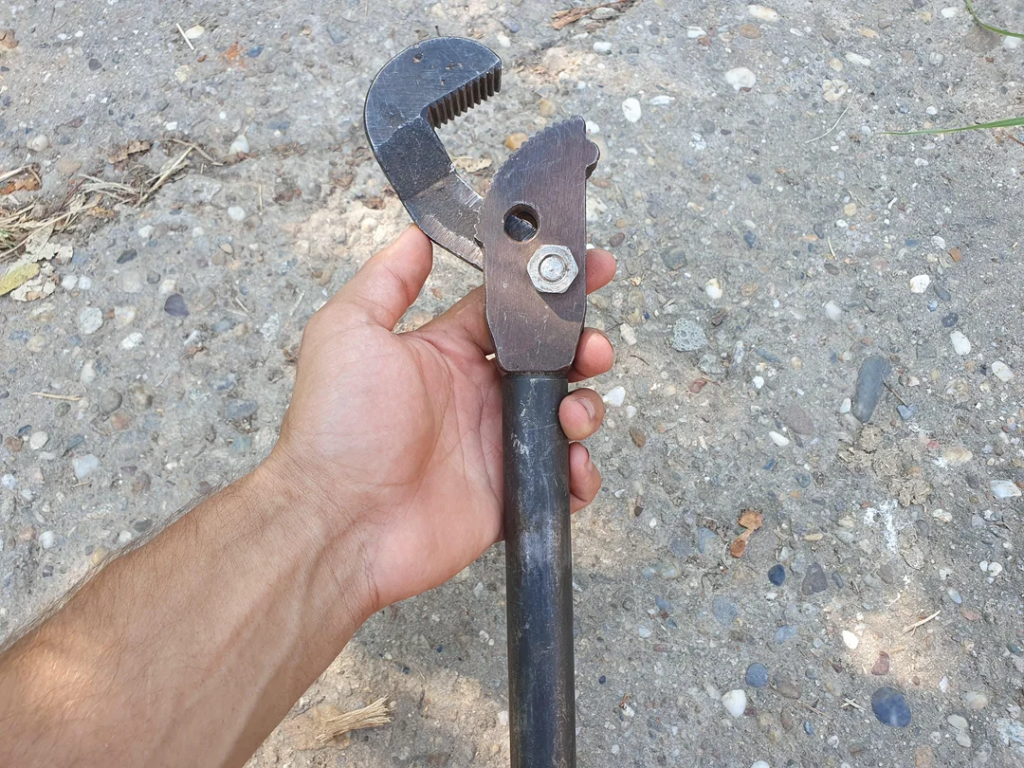
Description and Use:
The self-adjusting wrench is a modern innovation that brings greater speed, ease, and efficiency to fastening tasks. Unlike traditional adjustable wrenches that require manual adjustment via a worm screw, this tool features a spring-loaded or cam-based mechanism that automatically adapts to the size of the fastener once pressure is applied. This automatic adjustment allows users to switch between different fastener sizes without interruption, significantly reducing the time and effort typically spent fine-tuning jaw width.
This type of wrench is especially popular among automotive technicians, mechanics, and professionals who frequently work on assemblies involving multiple fastener sizes. It excels in high-paced environments where quick tool engagement and efficiency are critical. It’s also highly favored by individuals with limited hand strength or dexterity, as it minimizes the physical effort required to operate and adjust the tool.
The self-adjusting wrench typically offers a secure, non-slip grip and maintains strong clamping force on nuts and bolts, making it a reliable alternative to traditional adjustable wrenches. Its ergonomic design often includes comfortable, non-slip handles for better control and reduced hand fatigue during extended use. For those looking to simplify their workflow and reduce tool fiddling while maintaining versatility, the self-adjusting wrench presents a highly practical and user-friendly solution.
Technical Characteristics:
- Jaw Type: Spring-loaded, self-adjusting
- Material: Hardened alloy steel
- Length: 8 – 10 inches (20 – 25 cm)
- Features: One-handed operation, quick engagement, rubberized grips
Price Range:
€20 – €45
Conclusion
The adjustable wrench is a symbol of versatility, adaptability, and practicality across countless industries and trades. From carpentry to mechanical repair, plumbing to general construction, it enables users to tackle multiple fastener sizes with one compact tool—minimizing effort and maximizing efficiency.
Whether you’re tightening a stubborn bolt, adjusting a valve, or assembling a frame, the adjustable wrench allows for a snug, secure grip with just a turn of the screw. Its evolving design—from basic jaw adjustments to self-tightening mechanisms and ergonomic enhancements—reflects its continued relevance in modern toolkits.
Portable, reliable, and incredibly useful, the adjustable wrench (or spanner) is more than a tool—it’s a trusted companion in both quick fixes and complex builds. For professionals and hobbyists alike, it represents smart engineering and dependable function, delivering strength and precision with every turn.
